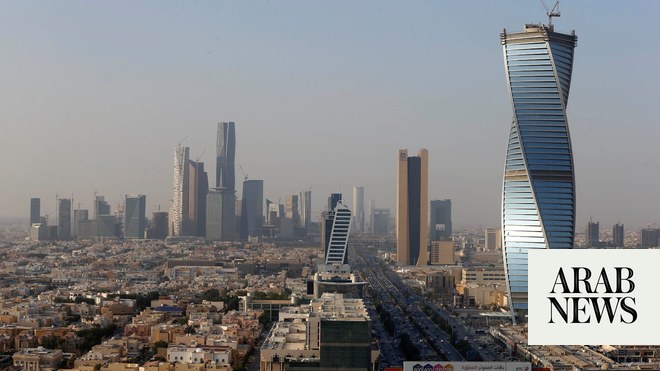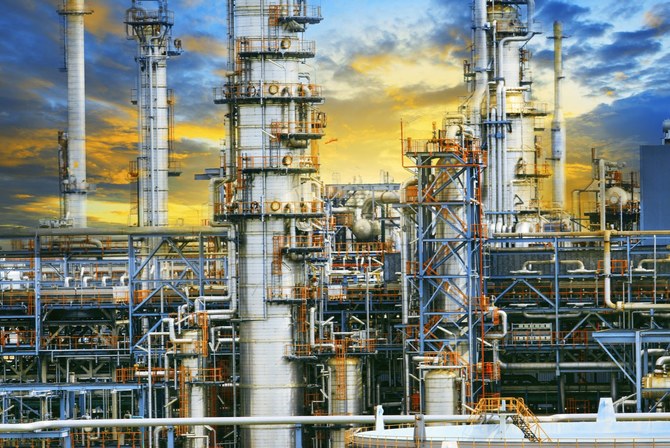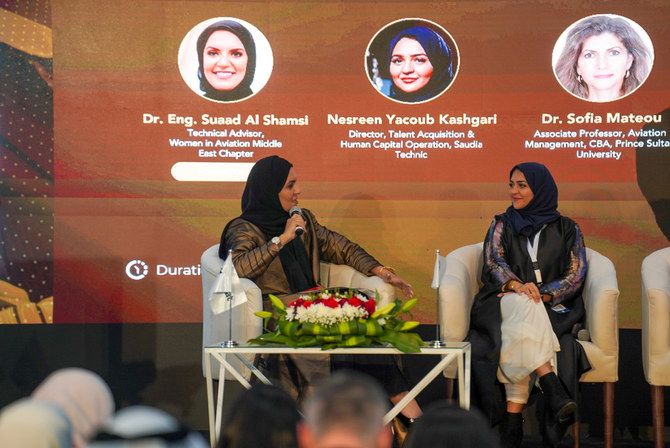
RIYADH: Highlighting the growth of the Gulf Cooperation Council countries, a new report released by S&P Global has noted that sovereign wealth funds in the region will expand their global presence from enhanced liquidity buffers driven by energy-derived revenues.
According to the report, GCC countries in 2022 witnessed heavy revenue generation from oil as Russia invaded Ukraine, and the EU imposed sanctions on Russian energy imports.
Citing data from the Global SWF Data Platform, S&P Global revealed that assets of sovereign wealth funds in the region grew by 20 percent to hit $4 trillion in the last two years.
The assets under management held by sovereign funds in the GCC region are equivalent to 37 percent of the total assets of global sovereign wealth funds, the report added.
“We are also likely to see a recycling of GCC petrodollar inflows into MENA (Middle East and North Africa) countries and other emerging markets that present interesting investment opportunities and need external funding or are vulnerable to current geopolitical, economic, and monetary shocks,” said S&P Global, according to a press statement.
The US-based agency further noted that GCC countries’ current account surplus is expected to hit 9 percent of the gross domestic product in 2023 and 6 percent of GDP in 2024.
This current account surplus will allow funds to flow into the sovereign wealth funds of these countries, which will in turn provide additional investment opportunities for them, both locally and internationally.
Backed by healthy economic and trade relations, wealth funds in the GCC region are currently striving to expand their global footprint by investing in various geographies and sectors, mainly in India, China and other Asian countries.
The report further pointed out that five of the world’s 10 largest investments on behalf of state-owned investors in 2022 were from GCC sovereign investors — 62 percent from the UAE, 28 percent from Saudi Arabia, and 10 percent from Qatar.
“GCC SWFs appear to have become go-to investors in difficult times. GCC state-owned investors have deployed around $83 billion of fresh capital during 2022,” said S&P Global.
Global SWF Data Platform revealed that the size of AUM held by GCC countries is almost equivalent to the sum of all AUMs of Asia, Latin America, and Sub-Saharan Africa.
Earlier this month, an annual report released by Saudi Arabia’s Public Investment Fund revealed that its AUM increased annually by 12.8 percent in 2022 to SR2.23 trillion ($595 billion).
PIF’s AUM in 2019 was SR1.54 trillion, while it was SR1.98 trillion in 2021, the report added.












